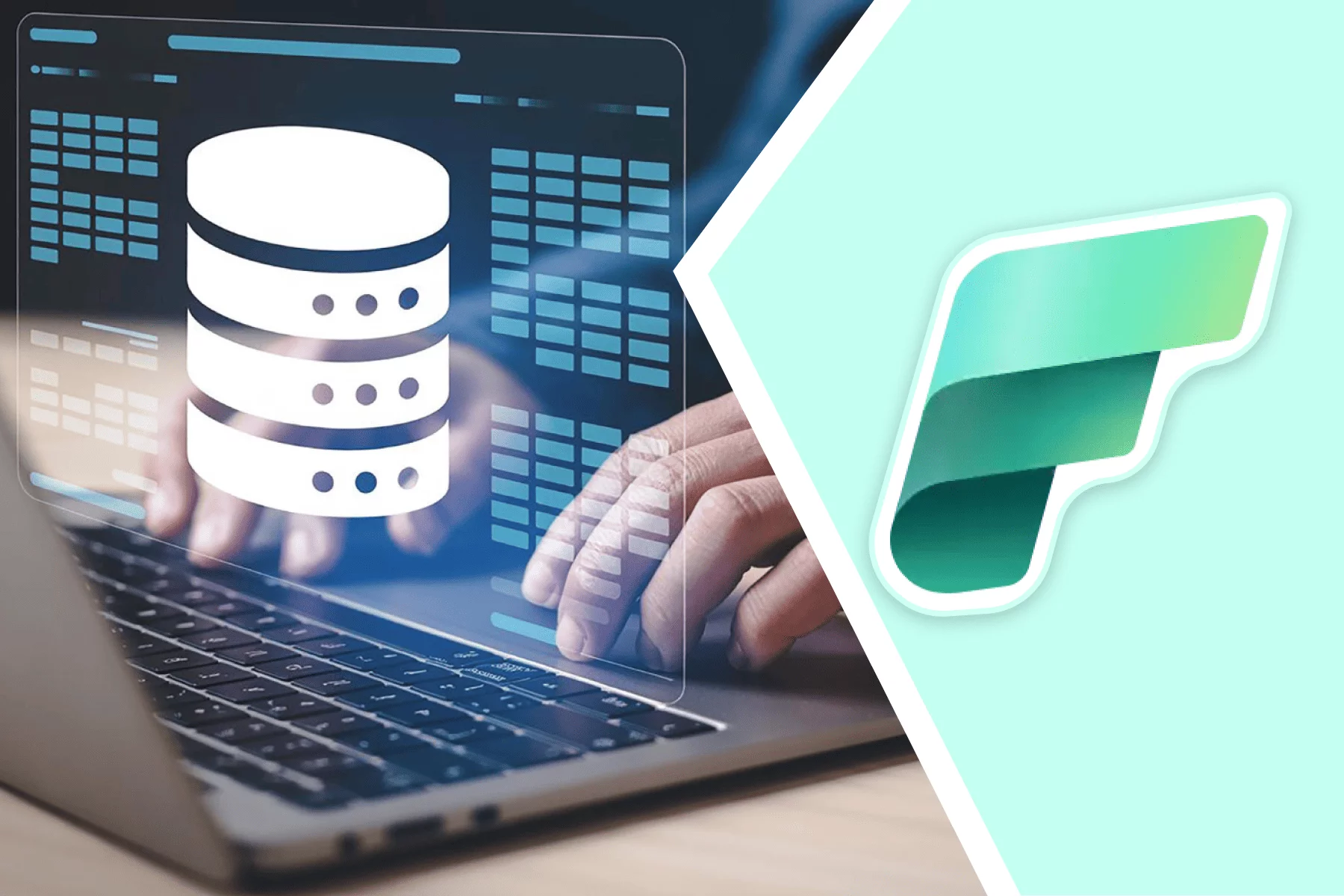In the last decade, machine learning has offered us many things such as better knowledge of the human genes, a more effective web search, driverless cars and much more. Clearly, Machine Learning is so pervasive today that we probably use it numerous times every day without knowing it.
Researchers think that Machine learning is our best bet in making progress towards a human-level Artificial Intelligence.
“Machine learning is an application of artificial intelligence (AI) that provides systems the ability to automatically learn and improve from experience without being explicitly programmed” defines Expert System.
What is Machine Learning?
Machine Learning, in simple words is about using data you have to make predictions. Because of the new computing technologies, machine learning is not what it used to be. The evolution of machine learning happened from pattern recognition and applying algorithms that can observe and learn from data and then make forecasts.
This iterative aspect of machine learning is crucial because as models are fed new data, they are able to adapt independently. In human terms, you “teach a computer”, feed data over and over that tells them that this is a Chihuahua and that is a muffin like the below example.
Eventually, using the computational statistics machine learning starts to identify what is highly likely to be the puppy and what is more likely to be the sweet treat.
All this means is that when the computer has huge data sets, it can start making predictions for you.
For e.g. there are systems that can be trained to foretell numbers or letters- a logic which the postal services use for handwriting recognition. The same logic is used in the development of driverless cars, plus the algorithm that the Target used to predict a woman was pregnant.
A machine learning algorithm enables the system to find patterns in the observed data sets, create models and explain the world, give predictions without having clear pre-programmed models and rules explains Vishal Mani of Codecademy.
That is why it is important to employ diverse teams working on machine learning algorithms. You need to feed a broad range of features and possibilities for your algorithm in order to work in reality.
Like for instance, you cannot feed in just Caucasian faces into facial recognition algorithm and expect it to be trained on what to do with faces of other races. Not only is that a bad formula, but as Google found out- it can be bad for the PR- referring the incident where their Photos app tagged two black people as ‘gorillas’ due to an issue with their algorithm.
How does machine learning work?
The process of learning begins with observations or data, such as instructions or examples to find patterns in data and make a better decision regarding the future based on the examples that are fed into the system. The goal, obviously is for computers to learn automatically without human intervention and make adjustments accordingly.
Machine learning methods are mainly supervised or unsupervised but there are others as well- here is an overview of the most popular ones.
Supervised Machine Learning
Supervised machine learning algorithms “are trained using labeled examples, such as an input where the desired output is known”. Beginning from the analysis of a known training data set, the learning algorithm generates an inferred function to make predictions regarding the output values. After it has been trained adequately the system is able to provide targets for any new input. The algorithm can then compare its output with the correct intended output and detect errors to adapt the model respectively. It uses methods like regression, classification, prediction and gradient boosting to utilize patterns to predict the value of the label on the extra unlabeled data.
It is commonly used in applications that use historical data to predict the future. For instance, it can anticipate when credit card transactions have the highest probability of being fraudulent.
Unsupervised Machine Learning
An opposite to supervised learning, unsupervised learning algorithms are used when the data utilized for training is neither classified nor labeled. In simple words, SAS explains- that the system is not told the ‘right answer’ and the algorithm must figure out what is being shown. The goal is to explore the data and find some structure within. This method works well on transactional data.
For instance, it can detect sections of customers that have similar attributes who can be targeted similarly in a marketing campaign. Most used techniques include nearest neighbor mapping, self-organizing maps, singular value decomposition and k-means clustering etc. these algorithms are used to segment recommended items, segment text topics and identify data outliers.
Semi-supervised Machine Learning
Semi-supervised machine learning algorithms are somewhere in between the unsupervised and supervised learning, because they use both- unlabeled and labeled data for training (although generally more of unlabeled than labeled). The systems improving this method are able to improve the learning accuracy significantly. Typically, this method is used when the received labeled data requires relevant/ skilled resources to train and learn from it. Besides, acquiring unlabeled data is less expensive and requires less effort.
Popular techniques used are regression, classification and prediction. An early example of this method includes identifying a face on a web cam.
Reinforcement Learning
Reinforcement learning algorithm is a method that interacts with its environment by generating actions and detecting errors and rewards. It has three primary components, explains SAS- which is the agent who is the decision maker or the learner, the environment which the agent interacts with and the actions – what the agent can do. The objective is for the agent to choose actions that maximize the expected reward over a given amount of time. The agent will reach the goal much faster by following a good policy, Thus, the goal in reinforcement learning is to learn the best policy.
Machine learning allows analysis of huge amount of data. While it typically delivers faster, more accurate results in order to recognize lucrative opportunities or dangerous risks – it may also require additional time and resources to train it appropriately. Combining the machine learning with artificial intelligence capabilities and cognitive technologies it can be even more effective in processing large amounts of information.
Why does machine learning matter?
Artificial Intelligence, most agree, will shape our future of humankind more powerfully than any other innovations. Therefore, anyone who does not understand or keep up with the technology will soon find themselves being left behind.
The accelerating of growth in this technology is truly astounding- with some misses along with rapid advances in data storage, computer processing power have dramatically changed the game in the recent decades.
The interest in machine learning in the recent years is due to the growing volumes and variety of data available, cheaper computation processing and powerful, affordable data storage.
All these aspects mean that we can speedily, automatically produce models – that can study more complex data and bring faster and more precise results- even on a big scale. By building precise models, a company has a better chance of identifying profitable opportunities or even averting unknown risks.
Conclusion
It is time we go on beyond abstract understanding of Artificial Intelligence and understand and engage with the details of a machine’s ability to learn, their potential biases, failure modes and their quirks- like learning psychology to understand how humans learn – even if the way machines and human’s brains’ work are worlds apart.
Let’s Build Digital Excellence Together










